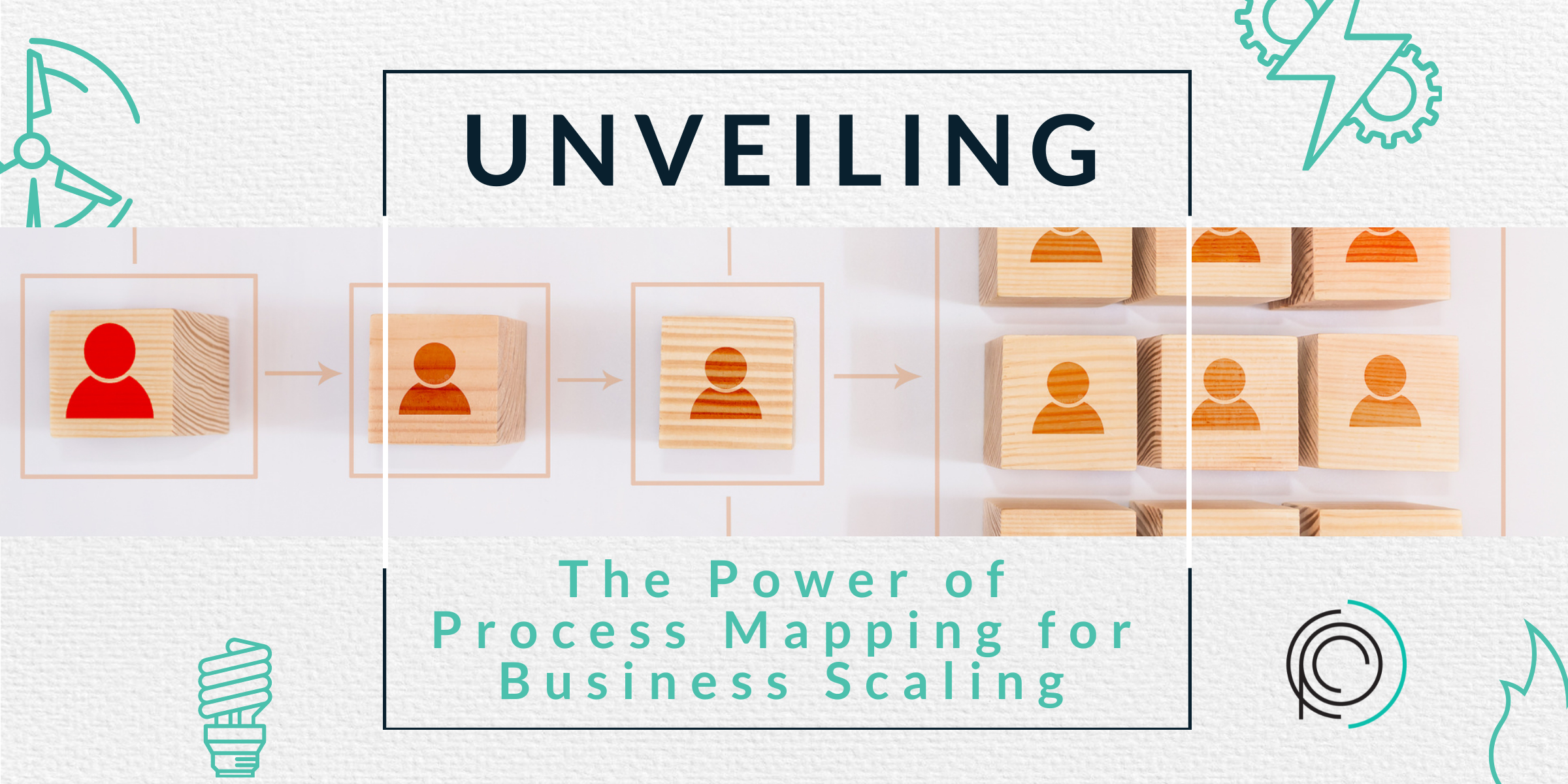Shining a Light on Innovation: The Essential Role of Digital Lighthouses in Modern Manufacturing
In the ever-evolving landscape of manufacturing, staying ahead of the curve is not merely a competitive advantage; it’s a necessity for survival. Today, the industry is experiencing a digital transformation that is reshaping the way manufacturing companies operate. At the heart of this transformation is the concept of a “Digital Lighthouse.” No, it’s not another buzzword but a concept that can carry manufacturers with multiple locations through data transparency, expense reduction, and advanced connectivity.
A Digital Lighthouse serves as a beacon of innovation, guiding manufacturing companies through the complexities of modernization and digitalization. In this article, we’ll delve into what a Digital Lighthouse is, why it’s crucial for manufacturing companies, and how to create one that can steer your business toward success.
What Is a Digital Lighthouse?
It’s a comprehensive digital strategy and infrastructure that aims to support manufacturing companies in harnessing the capabilities of emerging technologies, including the Industrial Internet of Things (IIoT), artificial intelligence, data analytics, and automation. It functions as a guiding light, shedding light on the path toward improved efficiency, agility, and competitiveness in an industry that is undergoing rapid transformation.
It incorporates several essential components that work together to transform the manufacturing process. At its core, data integration and analytics play a vital role in gathering and analyzing vast amounts of data from multiple sources. This data provides valuable insights that support informed decision-making, predictive maintenance, and quality control.
The implementation of IoT and smart devices on the factory floor enables real-time monitoring and control of machinery, promoting proactive maintenance and operational optimization. By integrating automation and robotics into manufacturing processes, efficiency is enhanced, errors are reduced, and safety is improved. These advanced technologies are indispensable aspects of a Digital Lighthouse.
Cloud computing also plays a key role by facilitating data storage, processing, and application deployment. This not only enhances scalability but also improves flexibility and accessibility throughout the organization. Utilizing machine learning and AI technologies allows for the analysis of historical data, the prediction of future trends, and the optimization of production processes. They are also instrumental in developing predictive maintenance models.
Connectivity is another critical element within a Digital Lighthouse as it enables seamless communication between different systems, departments, and external partners. Streamlined operations rely on both internal collaboration as well as integration with supply chain partners.
With increased digitalization comes an increased focus on cybersecurity. Therefore, robust measures are implemented to safeguard data integrity, system security, and intellectual property within a Digital Lighthouse environment. These measures ensure that manufacturers can fully leverage digitization benefits while maintaining a secure operating landscape.
The key elements that make up a Digital Lighthouse:
A Digital Lighthouse incorporates several essential components that work together to transform the manufacturing process. At its core, data integration and analytics play a vital role in gathering and analyzing vast amounts of data from multiple sources. This data provides valuable insights that support informed decision-making, predictive maintenance, and quality control.
Moreover, the implementation of IoT and smart devices on the factory floor enables real-time monitoring and control of machinery, promoting proactive maintenance and operational optimization. By integrating automation and robotics into manufacturing processes, efficiency is enhanced, errors are reduced, and safety is improved. These advanced technologies are indispensable aspects of a Digital Lighthouse.
Cloud computing also plays a key role by facilitating data storage, processing, and application deployment. This not only enhances scalability but also improves flexibility and accessibility throughout the organization. Utilizing machine learning and AI technologies allows for the analysis of historical data, the prediction of future trends, and the optimization of production processes. They are also instrumental in developing predictive maintenance models.
Connectivity is another critical element within a Digital Lighthouse as it enables seamless communication between different systems, departments, and external partners. Streamlined operations rely on both internal collaboration as well as integration with supply chain partners.
With increased digitalization comes an increased focus on cybersecurity. Therefore, robust measures are implemented to safeguard data integrity, system security, and intellectual property within a Digital Lighthouse environment. These measures ensure that manufacturers can fully leverage digitization benefits while maintaining a secure operating landscape.
Why Manufacturing Companies Need a Digital Lighthouse
The need for a Digital Lighthouse in manufacturing cannot be overstated. As a crucial tool for manufacturing companies, it offers a multitude of advantages. Firstly, it enhances operational efficiency by streamlining processes and providing real-time monitoring and data-driven insights. This results in reduced downtime and minimizes waste throughout the manufacturing process. The efficiency improvements achieved through a Digital Lighthouse also led to significant cost savings. For instance, predictive maintenance helps avoid costly machine breakdowns, while data analytics pinpoint areas for process optimization, resulting in reduced expenses.
Additionally, it elevates quality control by enabling immediate detection of defects and inconsistencies. This ensures the production of high-quality products, ultimately enhancing customer satisfaction. Furthermore, the agility provided by a Digital Lighthouse is crucial in adapting to changing market demands. Manufacturing companies can swiftly adjust their production processes to meet these demands, thereby preserving their competitiveness in the global marketplace. Embracing digitalization and investing in a Digital Lighthouse grants companies a distinct advantage over their rivals by offering shorter lead times, lower costs, and higher product quality – all highly appealing qualities for customers.
It nurtures innovation and product development within manufacturing companies. It equips them with essential tools and capabilities to experiment with new technologies and production methods. This can lead to the creation of novel products and business models that keep companies ahead of the curve. Additionally, embracing digitalization aligns with the increasing demand for sustainability. By optimizing processes and reducing waste, manufacturing companies can significantly decrease their environmental impact – benefiting both the environment itself as well as attracting environmentally conscious customers who value sustainable practices.
Lastly, an investment in a Digital Lighthouse is imperative for manufacturing companies aiming to thrive in today’s ever-changing global market due to its ability to enhance efficiency, reduce costs, improve quality control flexibility amidst market fluctuations provide competitive advantages foster innovation enhance sustainability practices among other benefits offered by this strategic tool
Steps to Create a Digital Lighthouse Checklist
Now that we’ve established the importance of a Digital Lighthouse for manufacturing companies, let’s explore the steps to create one:
- Define Your Vision and Goals
- Begin by outlining your digital transformation vision. What do you hope to achieve with your Digital Lighthouse? Is it increased efficiency, reduced costs, improved product quality, or all of the above? Your goals will shape your strategy.
- Assess Your Current State
- Take stock of your existing infrastructure, technology, and data management capabilities. Understand your strengths and weaknesses. This assessment will guide your decisions moving forward.
- Develop a Comprehensive Strategy
- Your digital transformation strategy should be holistic, covering all areas of your manufacturing operations. It should detail how you’ll implement IoT, automation, data analytics, and other technologies. Consider factors like budget, timeline, and potential roadblocks.
- Invest in Technology and Infrastructure
- Based on your strategy, invest in the necessary technology and infrastructure. This may include upgrading machinery to include IoT sensors, implementing a robust data analytics platform, and adopting cloud-based solutions.
- Train Your Team
- A Digital Lighthouse is only as effective as the people operating it. Invest in training and upskilling your team to ensure they can use the new technologies effectively. Encourage a culture of innovation and adaptability.
- Ensure Data Security
- With increased digitalization comes increased cybersecurity risks. Implement strong data security measures to protect sensitive information and intellectual property.
- Monitor and Refine
- After implementation, continuously monitor the performance of your Digital Lighthouse. Use data analytics to assess the impact on efficiency, quality, and other key metrics. Be ready to make adjustments and refinements as needed.
- Scale and Expand
- As your Digital Lighthouse proves its worth, consider scaling and expanding its use across your organization. You can also explore opportunities to integrate it with supply chain partners for even greater benefits.
The Road Ahead
Within the dynamic landscape of the manufacturing industry, embracing a Digital Lighthouse has evolved from a mere luxury to an indispensable necessity. As we chart our course through the tumultuous waters of the Fourth Industrial Revolution, it’s imperative for businesses to adapt in order to maintain a competitive edge. Those who neglect this crucial evolution risk not just lagging behind their immediate competitors, but also falling out of pace with the industry’s rapid advancement as a whole.
Manufacturing companies stand to gain significant advantages by investing robustly in a holistic digital strategy. This strategy should seamlessly integrate pivotal elements such as the Internet of Things (IoT), comprehensive data analytics, and advanced automation technologies. By doing so, they not only maximize operational efficiency and reduce costs but also significantly elevate the quality of their products. The implementation of such advanced technologies and methodologies empowers these companies to significantly reduce production times and improve the reliability and customization of the products they offer, meeting the modern consumer’s demands for high-quality, bespoke solutions.
Moreover, this strategic digital transformation paves the way for these forward-thinking companies to bolster their market positions as leaders in innovation. They not only set new benchmarks within their sectors but also play a pivotal role in driving the broader industrial ecosystem toward a future that is richly imbued with digitalization. The result is a more agile, resilient manufacturing industry capable of overcoming traditional challenges and seizing new opportunities in an increasingly digital world.
As the manufacturing sector continues to evolve amidst the ongoing Fourth Industrial Revolution, the adoption of a comprehensive digital strategy, highlighted by the implementation of a Digital Lighthouse, becomes more than just a pathway to staying competitive. It represents a commitment to embracing change, leading innovation, and shaping the future of manufacturing in a digital age. By doing so, these companies don’t just adapt to the present; they actively create the future.
To stay competitive and relevant in today’s market, manufacturing companies need to embark on a transformative journey towards becoming a Digital Lighthouse. By harnessing the immense potential of data, technology, and innovation, your business can emerge as a beacon of digital progress in the manufacturing sector. Discover how adopting a digital lighthouse model can revolutionize your business by connecting with our experts today.







